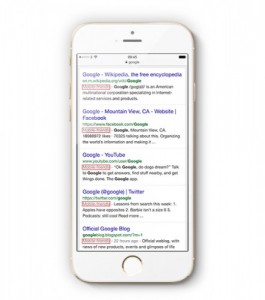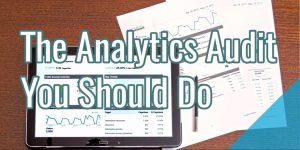Q: What is the right allocation for emergency funds, assuming you already have the equivalent of six months of your expenses? What is the next step if you already completed your emergency funds?-Posted at PFA’s “ask a friend, ask Efren” service at www.personalfinance.ph
A: I have always said that personal finance could be summed up in four major management pillars: cash, debt, risk and wealth management. That is why we alternatively call personal finance CD-RW management; an old technology that still works effectively.
There are some, however, who are only too eager to join the investing bandwagon without first applying the three management pillars. Yes CD-RW management has to be executed in the particular order of the acronym.
Nothing is ever guaranteed in wealth management, which begins with wealth expansion. If you were a bit surprised to read that wealth management starts with expansion rather than creation, don’t be. All of us already have wealth in the form of human capital or the capacity of our mind and body to create (immense) riches for us. Money is indeed coming our way; we just need to learn how to augment our future income with investing so that we don’t always have to stay in high gear in our employment or business.
But we are forever at risk of facing a serious impairment or loss of our human capital. That is why before investing is undertaken, we need to get protection not only for ourselves in cases of disability and accident but also for people who depend on us in case of our untimely demise. Enter personal disability and accident insurance as well as life insurance. One of the best life insurance products I have seen thus far are regular pay variable unit-linked insurance policies, which to me are the new version of the traditional whole life policy. They are many times cheaper in premiums while giving both coverage and fund values to beneficiaries upon claims against the death of the policyholder. Ask your friendly life insurance agent about them.
Now how can debt be protection? Actually, debt management is all about protecting our name, which will easily be tainted with the abuse of debt. As I wrote in my first book, debt is (financial) death to those who abuse it. Now should we fall into a financial hole, debt management provides the tools for not only getting out but also for avoiding the recurrence of such problems. Poor debt management will attach to our name an ugly repayment record, one that financial institutions closely monitor.
And how can we avoid poor debt management if we do not practice proper cash management? Keeping our household finances highly profitable and effective is cash protection, the stuff of cash management. Cash management involves not only keeping our expenses low but also channeling our savings and debts to more productive assets that can preserve our purchasing power in the face of inflation.
So as we can see, three-fourth of the personal finance management pillars is all about protection.
Emergency funds fall under the realm of cash management. I am happy to see that you are practicing CD-RW in the right order. As to where emergency funds should be placed, the rule is to put such funds in liquid assets.
Liquid assets as defined in personal finance are those that can be sold without major transaction costs and loss to principal. Short-term time deposits and treasury bills are the usual outlets for emergency funds. Some have, however, complained that these outlets hardly pay interest. Well, if we want to minimize placing assets in low interest bearing instruments, we should consider cutting back on our expenses. After all, emergency funds are only a factor of our cost of living.
Emergency funds cannot be invested in instruments that potentially pay higher income as this is already in the realm of wealth management. And remember that there are no guarantees with investing.
Once emergency funds have been established and the other aspects of cash management addressed, we may now practice the rest of CD-RW personal finance, again in the order of the acronym.
To help out with CD-RW personal finance, use Ya!man, the country’s first free personal finance mobile app available for cell phones running on iOS, Android and Symbian operating systems. Just search for the app in the apps stores of iOS and Android. You may download the version of Ya!man for Symbian OS from www.personalfinance.ph.
If you want to learn more about emergency funds as well as the complete pillars of personal finance, please avail of the other free resources at www.personalfinance.ph. You may also attend one of the 2014 EnRich™ personal finance trainings as follows: Feb. 22 in San Fernando City (Pampanga), March 1 in Baguio City, March 8 in Davao City, March 15 in Cebu City and March 22 in Quezon City. Details for the next EnRich™ may be found in the website.
(Efren Ll. Cruz is a registered financial planner of RFP Philippines, personal finance coach, seasoned investment adviser and best-selling author. Questions about the article may be sent by SMS to 0917-5050709 or e-mailed to efren@personalfinance.ph. To learn more about the RFP program, attend a free orientation on Feb. 20, 2014, 7 p.m. at the PSE Center. E-mail info@rfp.ph or text <name><e-mail><RFP> at 0917-3464126 to register.)
Copyright 2014 INQUIRER.net and content partners. All rights reserved. This material may not be published, broadcast, rewritten or redistributed.
Read more on Inquirer.net
(629)






